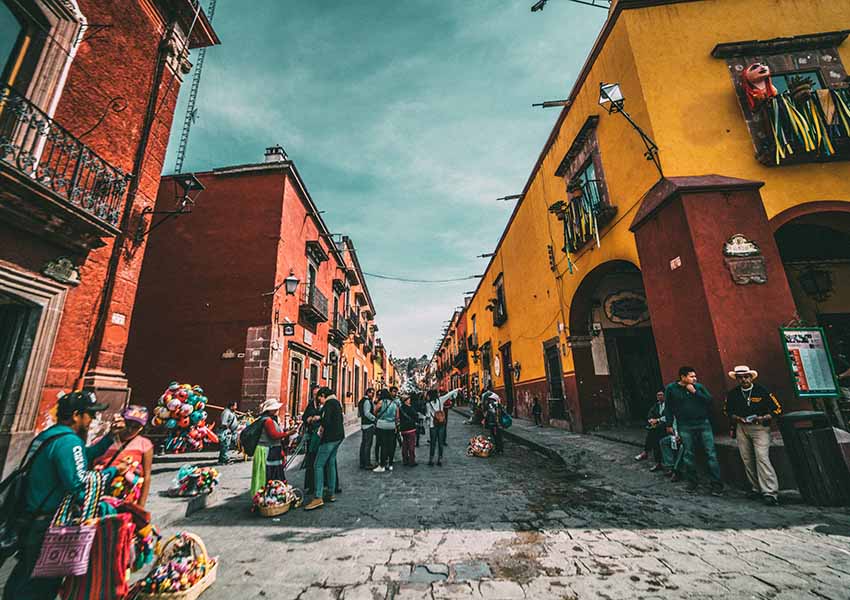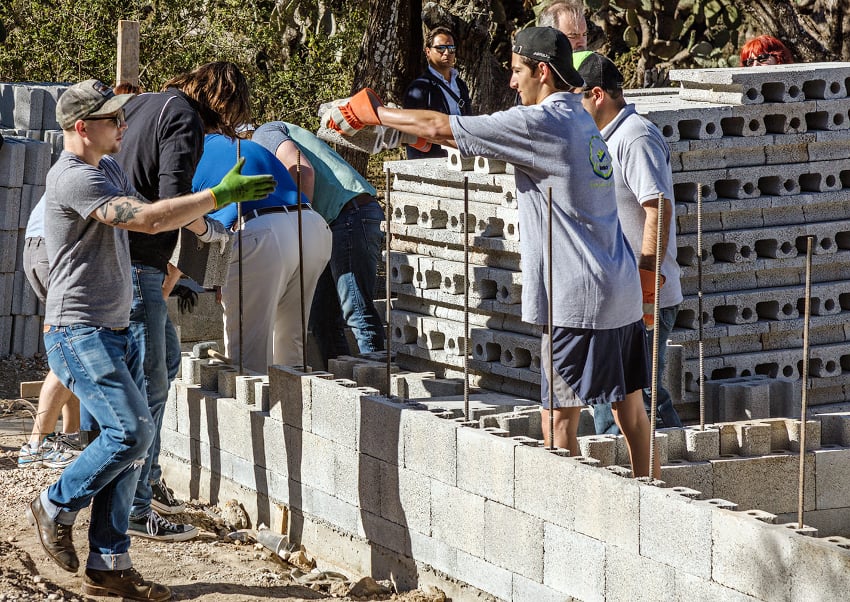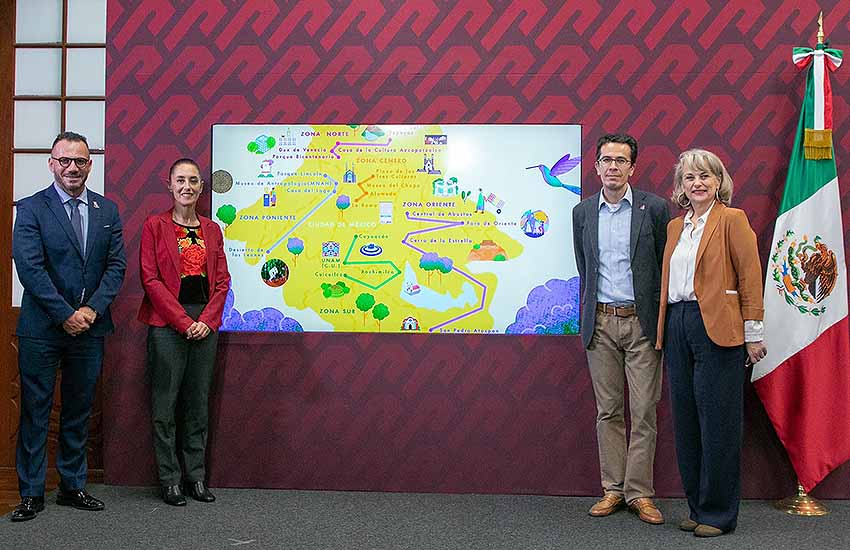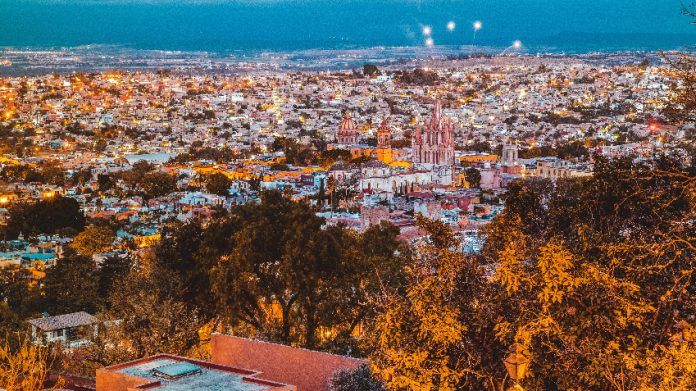I have been thinking about the effects of our comfortable expatriate lives on our Mexican hosts, particularly in the city where I live, San Miguel de Allende.
I was recently shaken out of complacency by an essay a friend posted on Facebook called “La Segunda Conquista, Silenciada” (“The Second, Silent, Conquest”). In her post, my friend Sandra discussed some causes of the substantial increase in the cost of living faced by residents of San Miguel, particularly the dramatic rise in real estate prices. Inflation has also been high in recent years — though it appears now to be abating — and has also had an impact.

While this fair city has welcomed foreigners for generations and is economically dependent on tourism, our numbers have grown in recent years, particularly during the COVID-19 pandemic.
Middle- and lower-income sanmiguelenses, Sandra worries, are getting priced out of their own city. The National Council for the Evaluation of Social Development Policy (Coneval), has determined that San Miguel de Allende has the highest level of income inequality in all of Mexico.
Another friend, a realtor also born and raised in San Miguel, pointed out that it’s not only foreigners driving the gentrification trend. Plenty of the people buying vacation homes to rent out short-term, for example, are upper-income nationals from Mexico City, Querétaro, Monterrey and elsewhere.
But Sandra has a point. In talking with several local realtors, I learned that in the last 10 years, the median price of a home in San Miguel’s downtown neighborhoods has grown from an already remarkably high US $324,000 to US $540,000. That is a stunning price point in a municipality with an average net monthly income of only US $682, where nearly half the population lives in moderate to extreme poverty.

I sat down with Sandra to learn more about what drives her concerns. First, she said she enjoys living among foreigners, who bring energy and new perspectives to San Miguel. She is happy for people who have the ability to work as digital nomads, and she was not against the national government keeping Mexico’s borders open during the pandemic.
However, Sandra can no longer find an affordable home to rent close to downtown (the centro histórico), which was still possible for her only a few years ago. Despite owning a business, she doubts she will ever be able to buy a home unless she buys land far outside of the city. Over many years, she has watched as San Miguel has become one of the most expensive places to live in Mexico, and she fears being pushed out.
Short-term vacation rentals are clearly a significant contributor to this trend. Currently, there are 3,170 active Airbnb listings in San Miguel, a considerable number for a city of 174,615 (2020 census). While San Miguel’s housing stock is growing in the form of numerous developments along the highways to both Querétaro and Dolores Hidalgo, the supply of homes in desirable central locations is naturally limited. Shifting so many housing units from the long-term rental market to short-term rentals inevitably drives up prices.
This problem is certainly not unique to San Miguel de Allende. For example, according to the Cancún Post, at least 13 schools in downtown Cancún have lost 20%–40% of their students in the last five years as families have been forced out by rising rents, which has been attributed to Airbnb increasing housing costs in the area.

Mexico City has also been wrestling with the challenges of gentrification with an influx of foreign digital nomads landing in the city starting in 2020, and Mayor Claudia Sheinbaum is reportedly planning to implement regulations on the short-term rental industry. However, she also made a partnership last year with Airbnb and UNESCO. In my opinion, a cap on the total number and concentration of Airbnbs or other short-term rentals allowed in San Miguel’s historic neighborhoods would be worthy of consideration as well.
Sandra also worries that at some point, only stores serving high-income tourists will be able to afford retail space on the prime streets of Centro. She is fortunate her landlord gave her a deal, specifically to support a local business owner.
We’ve all seen this happen in other cities, eventually, the authentic heart of a city can be hollowed out, leaving an overpriced tourist trap. But Sandra believes it is not too late to avoid that fate because there are still many unique local businesses worth supporting.
Sandra asks that we be more conscious of protecting what we love about San Miguel.
“I hope that people will understand these concerns. Let’s work together to somehow bring the economy back into balance so this city will be livable for everyone. I don’t want to have to leave my own city.”
Individually, our choices to move to Mexico to pursue a better life for ourselves and our families are understandable, and the global economic trends that inspire these trends are bigger than all of us. However, we should acknowledge that collectively, our choices have both positive and negative impact. Yes, our dollars support many businesses, but we have also pushed up the costs for everyone, including the majority who earn pesos, not dollars.
While neither Sandra nor I have come up with any grand solutions, I suggest that we all take some small steps to mitigate the harm.
If you as a foreigner happen to own a short-term rental property in Mexico, be prepared for potential regulation, and please don’t gripe about the VAT and lodging taxes. You’re most likely still getting a wonderful return on your Mexican investment.
Even small things matter. I cringe when I see tourists haggle ruthlessly with vendors in the artisans’ markets. Many of the products are laboriously made by hand; that work has value, and often, very little wiggle room is factored into the asking price.
On the other hand, we should learn the fair market value of products and services we buy regularly, because if we consistently pay a “gringo” price, this too will have the unintended consequence of driving up prices for everyone else.
We should, of course, support local businesses as much as possible — why pay more at Starbucks when there are so many great coffee shops?
Donate as generously as you can to the many NGOs that improve the lives of your city’s poorest citizens. You are certain to find an organization whose mission appeals to you, whether it’s building homes, providing education or healthcare services or addressing environmental problems.
While it’s hard to obtain exact numbers, the municipality estimates that 10% of the city’s population is from abroad, and most of the foreigners are concentrated in the city center rather than outlying communities. This means up to 20% of residents living in the city proper could be foreigners, and this doesn’t include part-timers who seasonally swell this population.
At that concentration, we are inevitably having an impact. Let’s do everything we can to make it a more positive one.
Based in San Miguel de Allende, Ann Marie Jackson is a writer and NGO leader who previously worked for the U.S. Department of State. Her novel “The Broken Hummingbird” will be out in October. Ann Marie can be reached through her website, annmariejacksonauthor.com.
